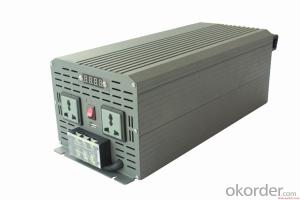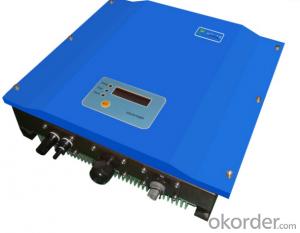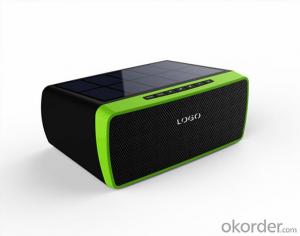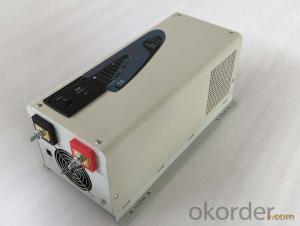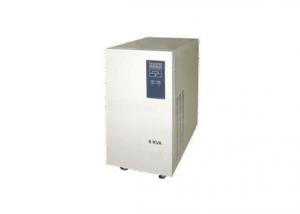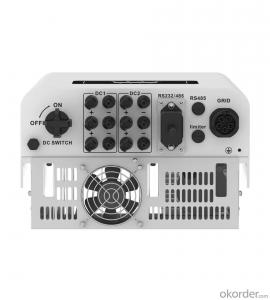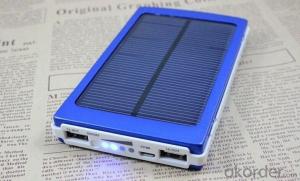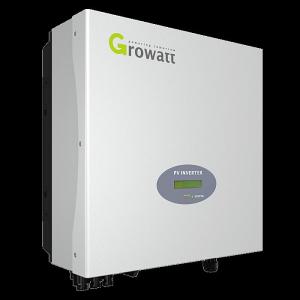10000w Solar Inverter
10000w Solar Inverter Related Searches
10000w Solar Power Inverter 10000 Watt Solar Inverter Solar Power Inverter 10000w Solar Inverter 10000 Watt 1000w Solar Inverter 1000 W Solar Inverter 10kw Solar Inverter 10kw Solar Power Inverter 10kw Inverter Solar 1000 Watt Solar Inverter Solar Inverter 10 Kw Solar Inverter 10kw 1000kw Solar Inverter 1000 Watt Solar Power Inverter 10k Solar Inverter Solar Power Inverter 1000w Solar Power Inverter 10kw Solar 1000 Watt Power Inverter 10kv Solar Inverter 10 Kva Solar Inverter 10kva Solar Inverter 10 Kw Hybrid Solar Inverter 10kw Solar Hybrid Inverter 10 Kw Solar Inverter Price Solar Inverter 10kva 1000 Watt Solar Panel Inverter 10kw Hybrid Solar Inverter Best 10kw Solar Inverter 10kw Solar Inverter Price Solar Inverter 10kw Price10000w Solar Inverter Supplier & Manufacturer from China
The 10000w Solar Inverter is a high-capacity power conversion device designed to efficiently convert solar energy into usable electricity for various applications. This advanced inverter is equipped with cutting-edge technology, ensuring optimal performance and reliability in harnessing solar power. It is an essential component in solar energy systems, bridging the gap between solar panels and the electrical grid or appliances that require power.The 10000w Solar Inverter finds its application in a wide range of scenarios, including residential, commercial, and industrial settings. It is particularly useful for powering large-scale solar installations, where high power output is required to meet the energy demands of the facility. This inverter is also suitable for off-grid systems, providing a reliable source of electricity in remote areas without access to the main power grid. Its versatility makes it an ideal choice for various solar power projects, from small-scale home systems to large solar farms.
Okorder.com is a leading wholesale supplier of the 10000w Solar Inverter, offering a vast inventory of this product to cater to the needs of various customers. With a strong commitment to quality and customer satisfaction, Okorder.com ensures that each 10000w Solar Inverter is thoroughly tested and meets the highest industry standards. By partnering with Okorder.com, customers can benefit from competitive prices, fast shipping, and excellent after-sales support, making the process of acquiring a 10000w Solar Inverter both convenient and hassle-free.
Hot Products



